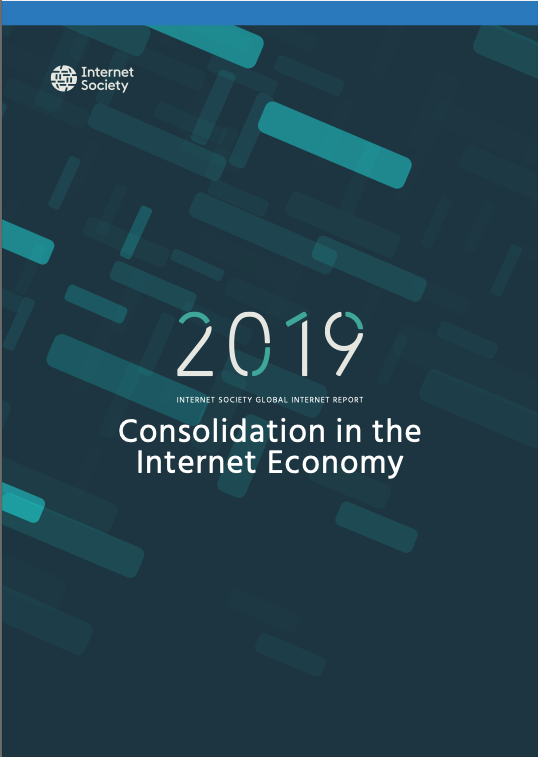Market Concentration
The Internet relies on a decentralized architecture where control of core Internet services is distributed across the ‘network of networks‘. This ensures a more resilient network and avoids single points of failure or control.
In this focus area, we present data on the distribution of the market shares of core web technologies and infrastructure to see how services are concentrated among a few actors and countries or distributed among many, and track how this changes over time.
We present two different views of market concentration:
- Market Concentration: The concentration of providers in a given market
- Country Market Shares: The jurisdiction of providers in a given market.
To infer the degree to which power is concentrated or distributed, and how this is changing over time, we compute two metrics based on the underlying data of market shares:
Gini Coefficient
The Gini coefficient measures the degree of inequality in a distribution and is widely used in economics to measure wealth and income inequality. It ranks income distribution on a scale between 0 and 1, where 1 means complete inequality (one actor owns all the shares) and 0 means perfect equality (every actor has the same share).
Herfindahl-Hirschman Index (HHI)
The Herfindahl-Hirschman Index (HHI) is a commonly accepted measure of market concentration and is calculated by squaring the market share of each firm competing in a market, and then summing the resulting numbers. HHI values are in the range 0 to 10,000. HHI values over 2,500 indicate highly concentrated markets.
Related Pulse Posts
- What if…? Answering the Challenges of Measuring the Internet
- Characterizing Internet Centralization vs Regionalization
- How Consolidation is Eroding Internet Resilience
- Mapping Who Really Runs the Internet: Introducing “Borges”
- How Much Mobile Competition Is Just Right?
Download the 2019 Internet Society Global Internet Report on Consolidation in the Internet Economy.

The distribution of market shares amongst service providers, and how it is evolving over time. Switch between the two concentration metrics – the Gini Coefficient and the HHI value – and adjust the sample size to learn about the degree of concentration in the provisioning of core Internet technologies.
Data Center
Data center providers supply hardware and software infrastructure to serve websites on the Internet.
Top Level Domain
Top Level Domains are the highest level in the hierarchical Domain Name System (DNS) of the Internet.
SSL Certificate
SSL certificate authorities are trusted institutions that issue SSL certificates for verifying the owner of a website and encrypting web traffic with SSL/TLS.
DNS Server
DNS (domain name system) servers manage mappings between Internet domain names and their associated records such as IP addresses.
CDN
Content Delivery Networks (CDNs) are geographically distributed networks of proxy servers and their data centers.
Web Hosting
A web hosting service provides hardware and software infrastructure to enable webmasters to make their websites accessible via the Internet.
